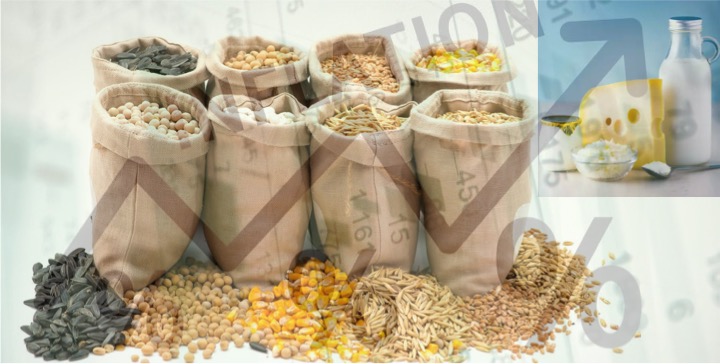Wholesale prices contracted for the third consecutive month in June on the back of lower prices of manufactured items, reiterating the fact that falling commodity prices are contributing to a cost deflation in the Indian economy.
The Wholesale Price Index (WPI) contracted by 4.12% in June reaching its lowest value since October 2015 according to the data released by the ministry of commerce and industry on July 14 (Friday).
Even in absolute terms, the WPI index was 149 in June, the lowest since March 2022. The WPI data has come days after Consumer Price Index (CPI) accelerated by 0.5 percentage points to reach 4.8% in June on the back of higher food prices. The June CPI and WPI values are the latest the Reserve Bank of India’s Monetary Policy Committee (MPC) will look at when it meets in August to decide on interest rates. Most economists expect RBI to continue with the pause in interest rate hikes for an extended period, without dropping its guard on inflation.
The June WPI sprang a big positive surprise. A Bloomberg poll of economists had a median projection of 3.3% contraction in WPI for the month of June. With the latest inflation number, the wholesale price inflation for the quarter ending June 2023 is (-)2.8%. To be sure, one reason for the lower WPI print in the June quarter is a favourable base effect as the index grew in double digits for 18 consecutive months from April 2021.
A disaggregated analysis of WPI shows that prices are contracting across all major categories. Manufactured products, which have a two-thirds share in the WPI basket, saw a contraction of 2.7% in June. Primary articles saw a contraction of 4.1% and fuel and power category saw a contraction of 12.6%. Food items, which include both primary and manufactured products, saw an annual contraction of 1.2% in wholesale prices. Vegetable prices contracted by 21.98%, while pulses and milk witnessed inflation rates of 9.21% and 8.59%.
“The decline in the rate of inflation in June, 2023 is primarily due to fall in prices of mineral oils, food products, basic metals, crude petroleum & natural gas and textiles,” the commerce ministry said in a statement.
Going forward, experts believe that WPI will continue to maintain a deflationary trend despite some upside risks. “Reversal in base effects from July and seasonal rise in food prices may put some upside pressure on WPI in the near term, but falling commodity prices and therefore, input costs, may continue to keep it in deflation in y-o-y (year-on-year) terms,” said Rahul Bajoria, managing director and head of EM Asia (ex-China) economics, Barclays, in a note.



























